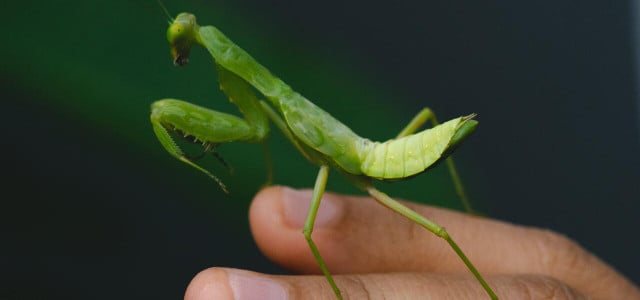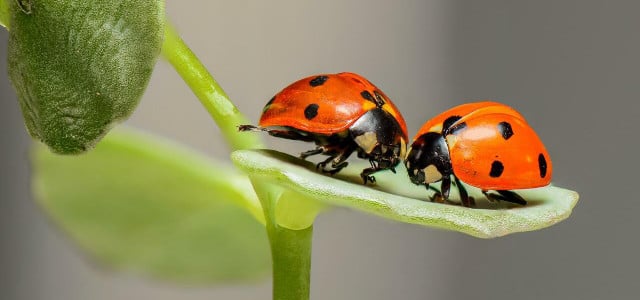Are praying mantises endangered? We have the facts and removal methods you need to protect them (and avoid getting bitten) if they get into your home.
Praying mantises are fascinating creatures known for their unique appearance and hunting skills. But are praying mantises endangered? This has been a topic of debate in recent years. With the threat of habitat destruction and other environmental factors, it’s essential to understand the truth about the conservation status of this captivating insect.
We’ll explore the facts about their endangered status and the best removal methods to get them out of your home safely. Here is the truth about whether praying mantises are endangered and how to help them thrive in their natural habitat.
Are Praying Mantises Endangered?
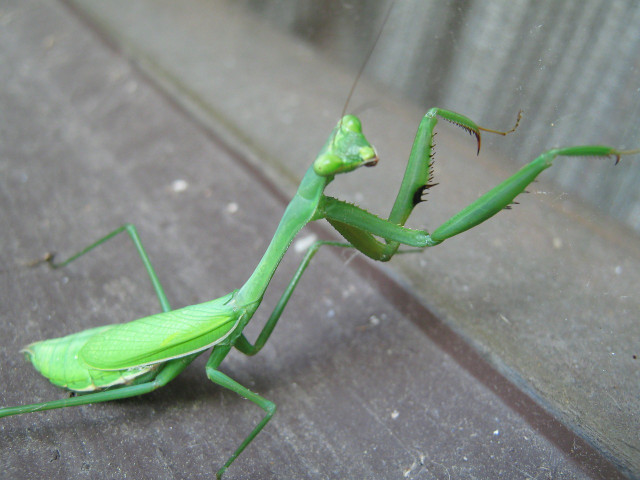
Despite popular belief and rumors that killing praying mantises is illegal, the praying mantis is not an endangered species.
So, why do people think they’re endangered? The misconception stems from many gardeners considering the praying mantis a pest and wanting them out of their gardens. However, the opposite is actually true: gardeners can benefit greatly from praying mantises feeding on other harmful and invasive bugs. They can reduce the need for pesticides and save your fruits and veggies.
If you want to steer clear of pesticides while still enjoying a pest-free garden or lawn, read our article 7 Natural Pesticides for Your Home and Garden.
How to Remove a Praying Mantis
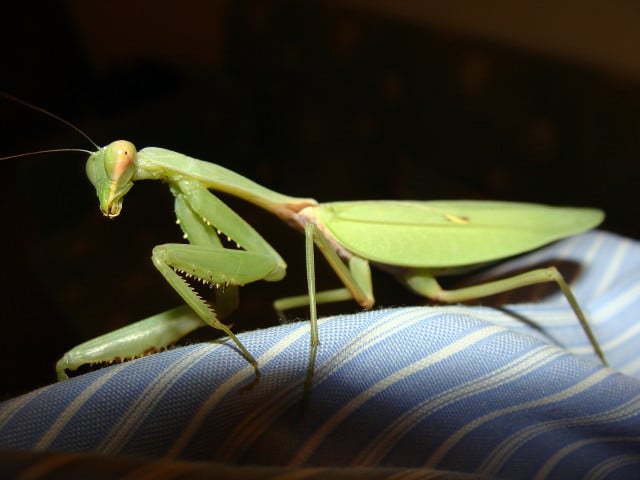


While praying mantises aren’t endangered and killing them isn’t illegal, you should still avoid squashing or hurting them if they get into your home. Learning how to safely remove a praying mantis from your home is important and can help keep your local ecosystem thriving. Here’s how to do it:
- Put on thick gloves and gently pick up the praying mantis from behind. They aren’t poisonous, but they have a mean bite and sharp front legs. If threatened, they might try to bite or scratch you, so picking them up from behind is the safest approach for you and them.
- Place the praying mantis in a box with air holes in the lid.
- Take the mantis back out into nature. Placing it in your garden will help reduce the number of pesky, plant-eating bugs. Alternatively, take it to a park, field or woods and release it there.
Other Insects You Shouldn’t Squash
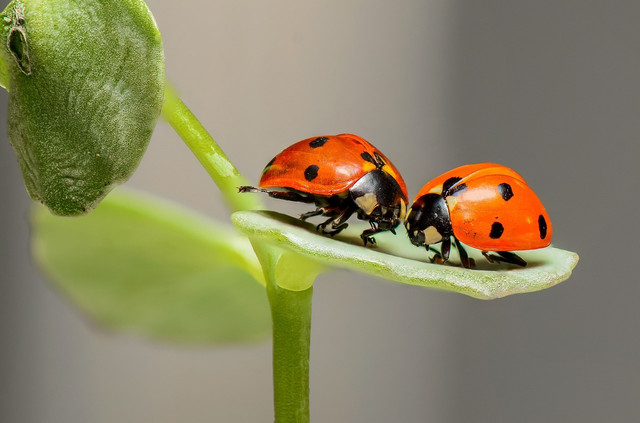


A lot of people don’t love bugs and insects. While some of them are pests — like wasps, mosquitoes, ants and flies — others are harmless and beneficial to gardens, as they pollinate plants and eat other pests.
- Spiders may be one of the most maligned species out there, but they are important members of our ecosystem and play a vital role in controlling the population of other insects. If you want to get spiders out of your house, the most humane way is to catch and release them outside. You can use a glass or jar and a piece of paper to gently trap the spider and then release it outdoors. Or, attract some birds that eat spiders to your area.
- Ladybugs are beneficial insects that help control garden pests such as aphids, mites and scale insects. Every day, they can consume more than their body weight those other pests. As with most spiders, ladybugs are harmless to humans. If you need to get one out of your house, use the same method you would for removing spiders (above).
- Hoverflies are another insect that provides a premium aphid- and thrip-eating service for your garden. Hoverflies are harmless and pollinate a number of flowering bushes and shrubs. Take them outside the same way as ladybugs and spiders.
- The green lacewing is another mighty pest-controlling insect. They not only love aphids — and can eat up to 200 a week — but also take care of other common pests like caterpillars, whiteflies, mites and mealybugs. Having these guys around your plants and vegetables will make them healthier. Remove them as you would spiders, ladybugs and hoverflies.
It is also helpful to seal any gaps or cracks in your home to prevent insects and bugs from entering in the first place.
Now that we’ve answered the question, “are praying mantises endangered?” you might enjoy some of our guides to endangered species:
- Are Giraffes Endangered? Myths and Truths Explained
- Are Narwhals Endangered? How You Can Help
- Are Bears Endangered? These 3 Species Are
- Why Are Red Pandas Endangered & How Can We Help?
- Why the Mexican Gray Wolf is Endangered and How You Can Help
Read more:
- What Is a Keystone Species and Why Are They So Important?
- What Do Wasps Do for the Environment? Do We Need Them?
- How to Get a Wasp Out of Your House Quickly
Do you like this post?






